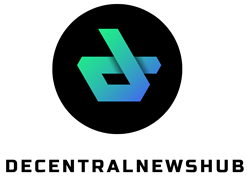Key Takeaways
- Tether will end USDT support and freeze tokens on Omni, Bitcoin Cash SLP, Kusama, EOS, and Algorand blockchains starting September 1, 2025.
- The company will focus on high-utility chains and expand support for layer 2 networks like Lightning Network.
Share this article
Tether has announced it will phase out USDT support for five underused blockchains — Omni, BCH SLP, Kusama, EOS, and Algorand. USDT redemptions on these legacy blockchains will be completely discontinued on September 1, 2025.
The decision comes as Tether ramps up efforts to streamline operations and focus on high-utility networks. Those networks no longer align with Tether’s infrastructure priorities and strategic direction.
“Tether’s decision follows a comprehensive review of blockchain usage data, market demand, and feedback from community stakeholders and infrastructure partners. While these networks played a foundational role in Tether’s early growth, the volume of USDT circulating on them has declined significantly over the past two years,” Tether stated in a Friday announcement.
The company behind the largest stablecoin by market cap is prioritizing actively developed ecosystems that offer greater scalability, strong developer communities, and better integration potential.
Tether CEO Paolo Ardoino said in a statement that Tether wants to stay relevant and efficient as the industry continues to change and grow. Ending support for older blockchains gives Tether the ability to focus its time, money, and technical resources on networks that are more active, scalable, and widely used by developers and users.
Tether users holding USDT on the affected blockchains are advised to redeem their holdings or request issuance on a supported blockchain, in accordance with the company’s Terms of Service.
The company plans to expand support for layer 2 networks, including the Lightning Network, and other emerging blockchains offering improved interoperability and speed.
Tether noted that it continues to explore partnerships with blockchain ecosystems where user activity and developer engagement are strong.
Share this article

